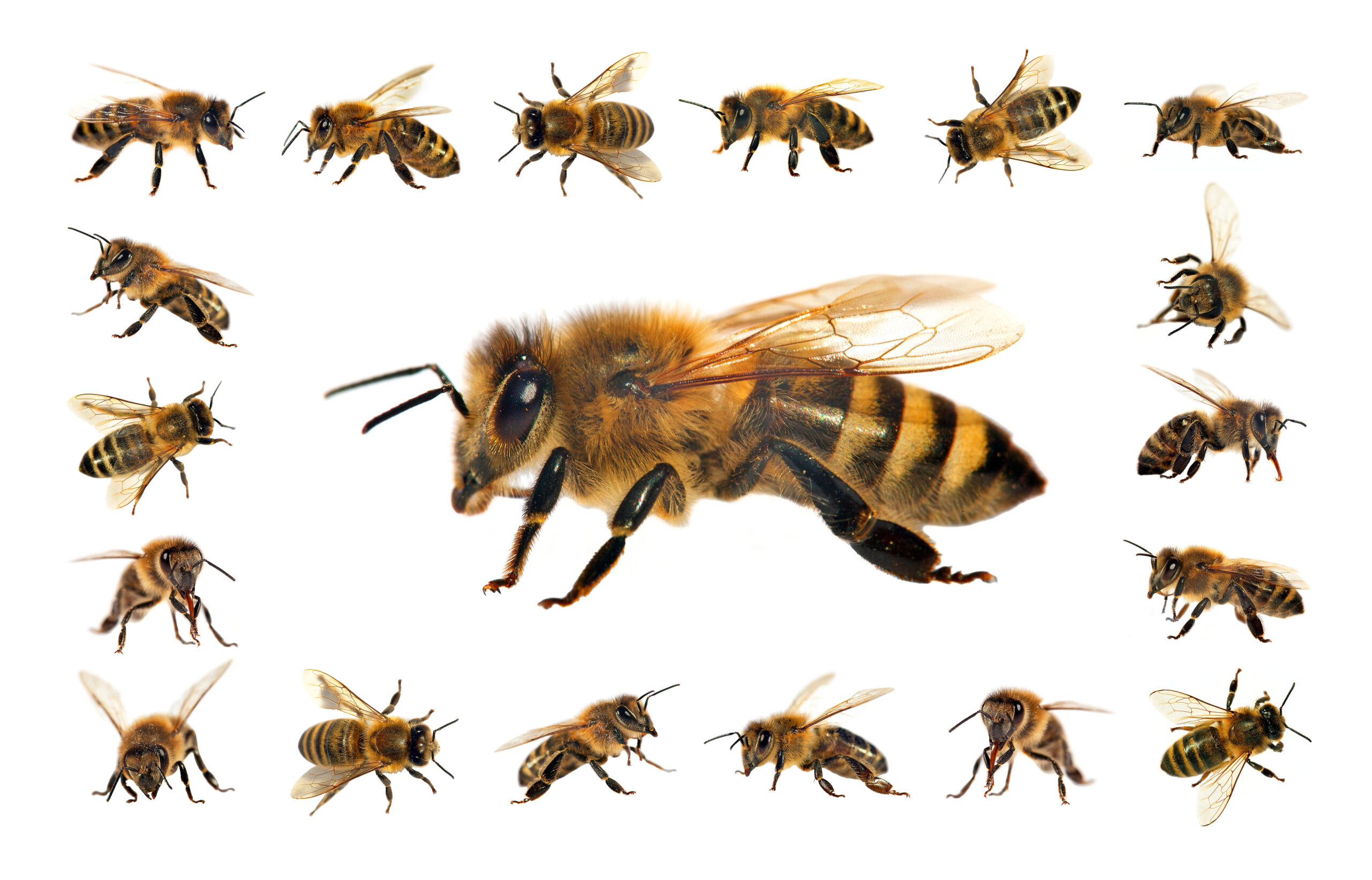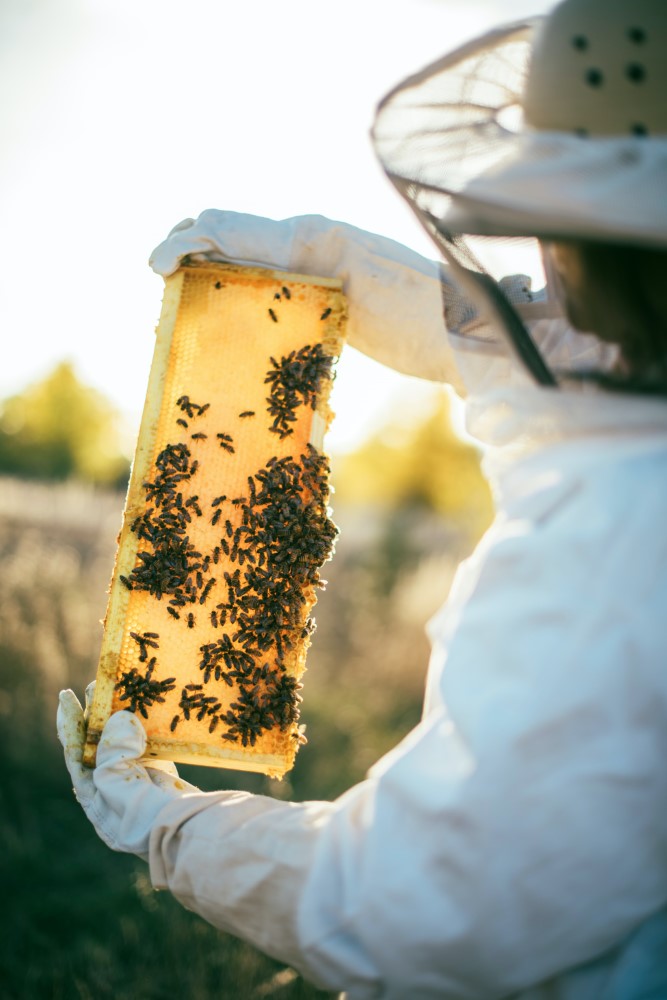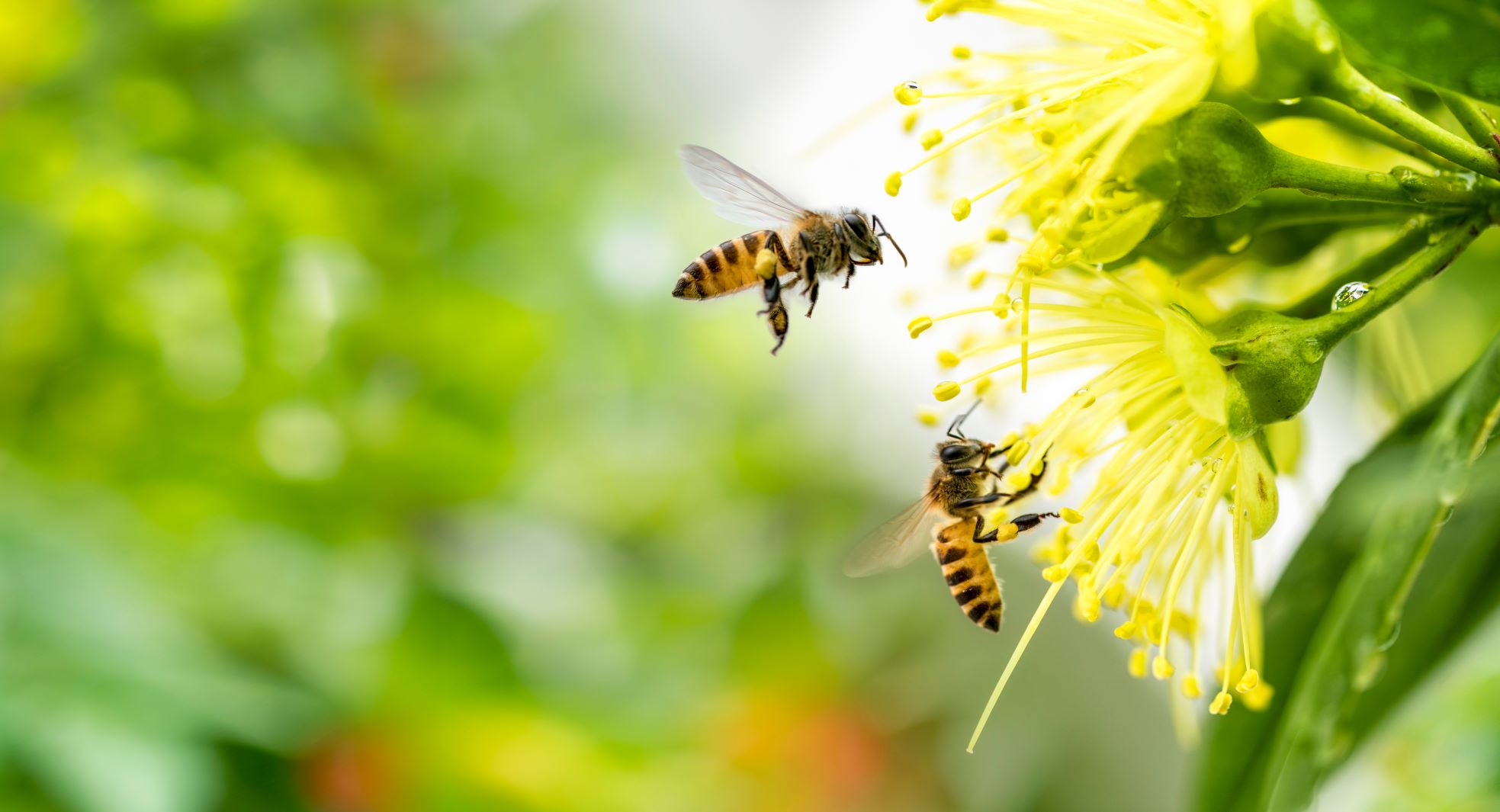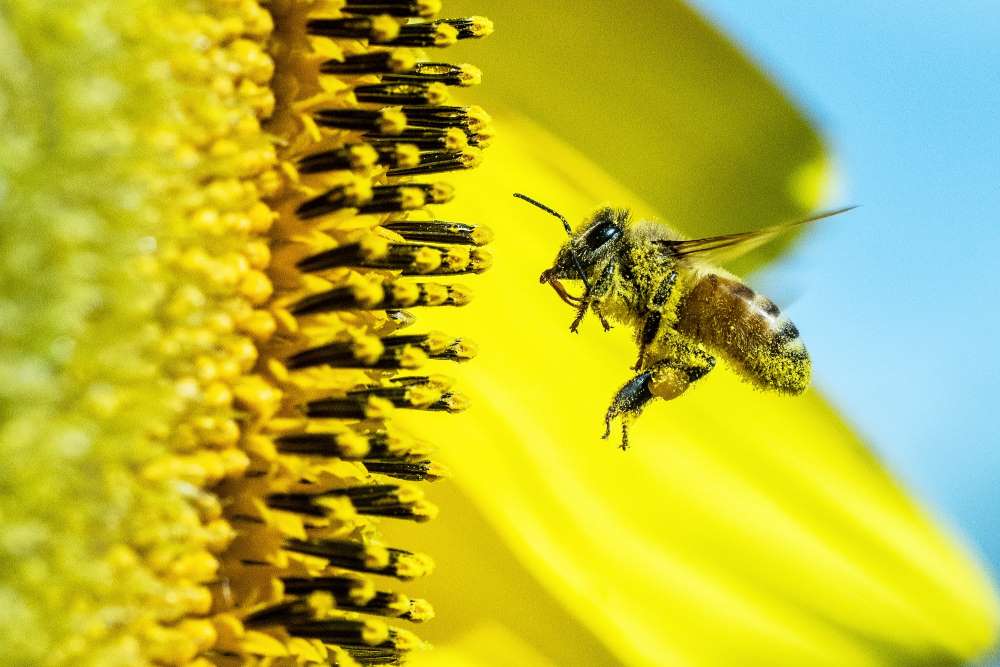Interesting Facts about the Honeybee
29 January 2021
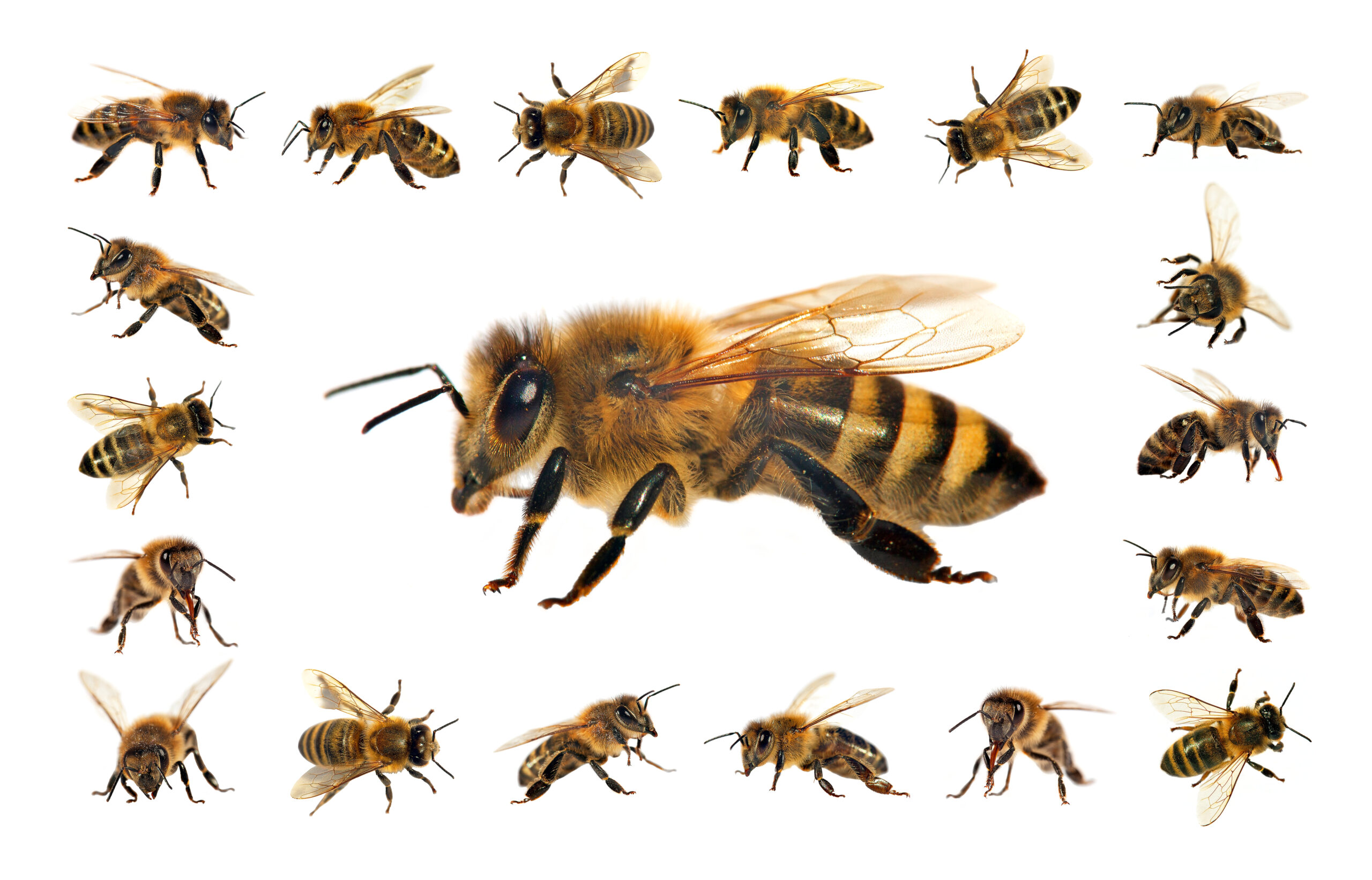
Bees have been the subject of study for hundreds of years. Still, they continue to amaze us all. Researchers have unravelled many honeybee facts that answer some of our questions. However, we will still have some mysteries to solve and new things to learn.
Facts to know:
- There are over 20,000 species of bees in the world. Many of these are solitary bees that do not live in large families
- There are only 7 species of honeybees in the world
- Honeybees are insects– they have 3 main body parts: head, thorax and abdomen
- Honeybees have small hairs on the surface of their eyes. It is believed that these hairs help detect wind direction
- Honeybees can see light, colour and motion
- Worker bees danceto tell other bees where to find food
- Bees construct hexagon cells.Hexagon shaped honeycomb cells give the most storage space using the least amount of beeswax – no wasted space
- The honeybee’s scientific name is “Apis Mellifera” this means honey-carrying bee
- People have been interacting with honeybees for thousands of years
- Ancient Egypt was an early centre of beekeeping, some people used honey as a payment for taxes
- Each beehive has 3 different kinds of bees : worker, drone and queen
- The colony is a balance of individuals with 1 queen, a few hundred drones (in Summer) and thousands of Worker bees
- The queen and the workers are female bees, and the drones are male bees
- Only female honeybees have stingers: workers and queens
- Honeybees also collect pollen to feed baby bees
- Honeybees only sting as a form of defence
- Each bee colony has a distinctive scent that allows members to recognize each other
- Honeybees gather nectar from millions of blooming flowers
- Honeybees do have a nose – their antenna functions like a nose
- Bees use their acute sense of smell to locate food rich flowers
- Honeybees beat their wings 200 times per second – this is what creates the buzzing sound we hear.
